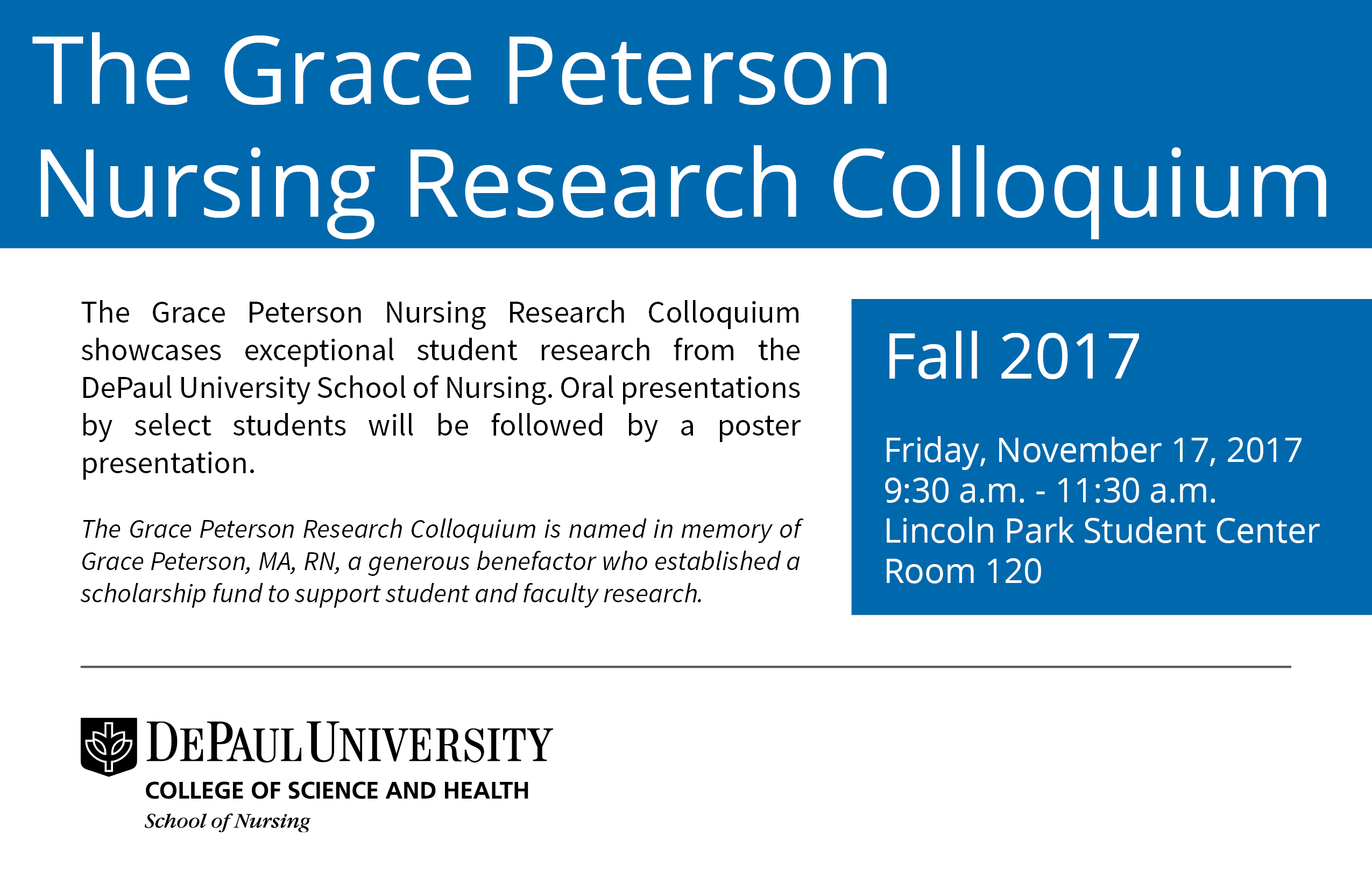Start Date
17-11-2017 10:00 AM
End Date
17-11-2017 11:30 AM
Abstract
Background: Marijuana has been used globally to treat varying ailments throughout history. The U.S. prohibition of marijuana in the 1930’s halted research into its medicinal and therapeutic uses. The current trend toward decriminalization of medical marijuana has allowed for research to investigate potential benefits and adverse effects.
Purpose: The purpose of this literature review was to identify patient barriers and healthcare provider interventions to overcome said barriers as they relate to the use of medical marijuana.
Methods: An integrative literature review was conducted to identify potential patient barriers and provider interventions through a search of various platforms. All sources were peer-reviewed articles from academic journals over the last ten years. The searched yielded six articles for the review process. Articles were synthesized and analyzed utilizing the Whittemore & Knafl (2005) design for common themes among barriers and interventions.
Results: Four common themes were identified for patient barriers which included stigma, affordability, provider availability, and the legalities surrounding medical marijuana. Provider intervention data produced two common themes including the provision of a comfortable environment and patient/family education.
Conclusion: The identification of patient barriers allows providers to implement a plan of care that is all inclusive by integrating interventions into patient interactions and care plans. As legislation continues to evolve regarding medical marijuana and its inclusion into treatment plans, further research needs to be conducted into barriers patients face and how providers can incorporate identified interventions.
Included in
Identifying Medical Marijuana Patient Barriers and Strategies to Overcome
Background: Marijuana has been used globally to treat varying ailments throughout history. The U.S. prohibition of marijuana in the 1930’s halted research into its medicinal and therapeutic uses. The current trend toward decriminalization of medical marijuana has allowed for research to investigate potential benefits and adverse effects.
Purpose: The purpose of this literature review was to identify patient barriers and healthcare provider interventions to overcome said barriers as they relate to the use of medical marijuana.
Methods: An integrative literature review was conducted to identify potential patient barriers and provider interventions through a search of various platforms. All sources were peer-reviewed articles from academic journals over the last ten years. The searched yielded six articles for the review process. Articles were synthesized and analyzed utilizing the Whittemore & Knafl (2005) design for common themes among barriers and interventions.
Results: Four common themes were identified for patient barriers which included stigma, affordability, provider availability, and the legalities surrounding medical marijuana. Provider intervention data produced two common themes including the provision of a comfortable environment and patient/family education.
Conclusion: The identification of patient barriers allows providers to implement a plan of care that is all inclusive by integrating interventions into patient interactions and care plans. As legislation continues to evolve regarding medical marijuana and its inclusion into treatment plans, further research needs to be conducted into barriers patients face and how providers can incorporate identified interventions.


